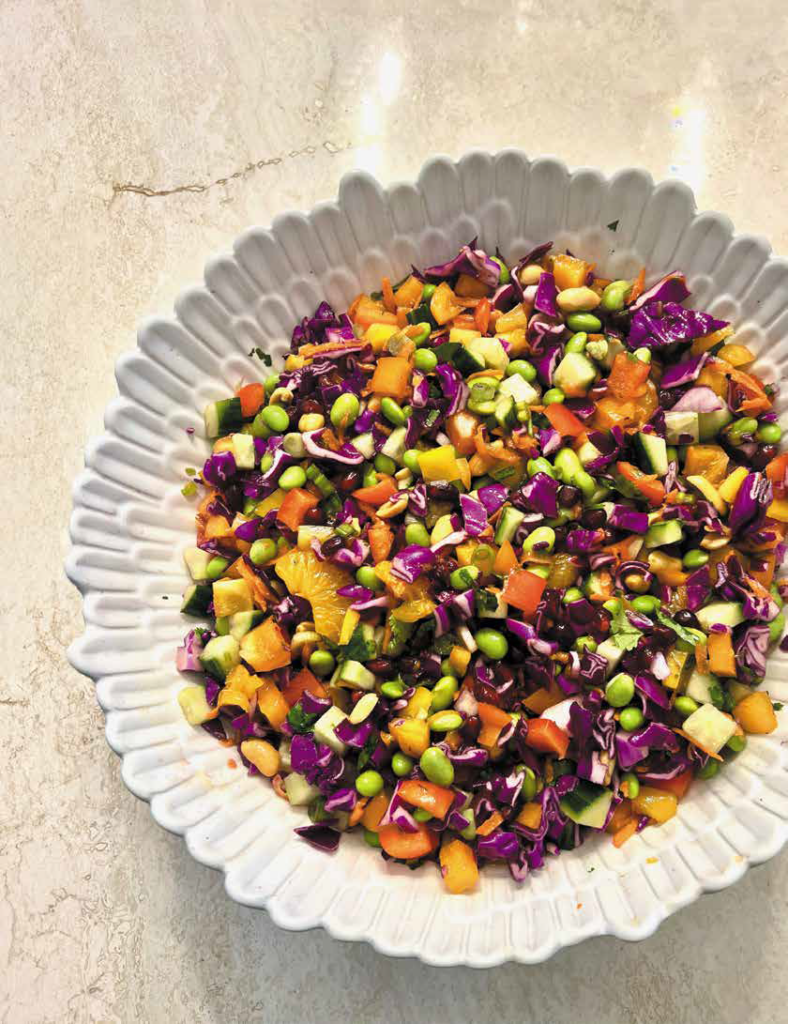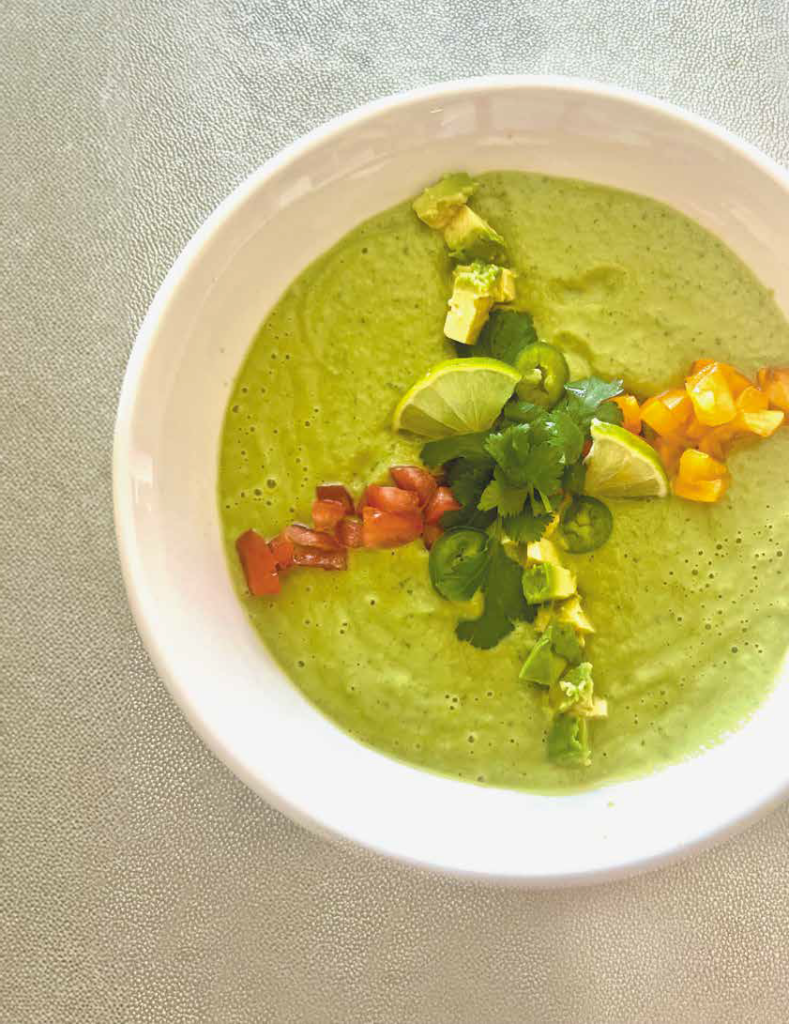A Beginner’s Guide to Finding Your Perfect Pour
Though it may be hard for wine lovers to believe, there are some people in the world who don’t enjoy sipping a full-bodied cabernet sauvignon or a perfectly crisp sauvignon blanc. Even if you aren’t well-versed in the world of wines, we’ve curated a list of a few varietals that make a great starting point to begin your wine-drinking journey, with a comprehensive overview of the basics—the difference between sweet and dry wines, earthy notes compared to fruit-forward flavors, and how a red wine compares to white wine. To wine lovers, non-wine drinkers are just those that haven’t found the right wine yet. And while we know that’s not always the case, we hope you’ll consider giving a few of these suggestions a try.

What wine should I drink if I’m not a wine drinker?
Riesling
One of the best introductory wines for those new to wine drinking is riesling. This grape is very light and aromatic, which produces white wines ranging in style from bone-dry to very sweet. The slight sweetness and fruity aroma can help non-wine drinkers get acclimated to the taste of wine. In fact, a lot of veteran wine drinkers will pass on a glass of riesling since it can almost be too sweet for their well-trained palate. However, a crisp, sweet, light wine may appease newcomers who typically prefer a fruity cocktail as they dip their toes in the water.
Depending on where it’s produced, you may find dry versions of riesling. But in most cases when you’re ordering a glass of this varietal, you’ll receive something on the sweeter end of the spectrum. Sometimes considered a dessert wine, its fruitier flavor profile is an optimal place to begin for those overwhelmed by the more intense, full-bodied flavors of a red wine.
Pinot Grigio
Pinot grigio is another delicate, lighter white wine that tends to be a bit drier than a riesling, but still offers a bit of sweetness. It is among the most popular white wines in the world as it’s easily palatable and pairs well with a variety of different foods. A light-bodied varietal, pinot grigio features notes of apple, lemon, and peach—another fruity flavor profile—making it a great beginner wine as it can sometimes be almost “plain.”
So, while riesling offers sweetness that packs a punch of flavor, pinot grigio’s subtleties and freshness are reminiscent of a clean slate in the realm of wines.

Pinot Noir
Pinot Noir is a very “safe” red wine as it’s not as full-bodied as a lot of other reds and offers a light, fruity taste that can be easy on the palate.
Typically, people that don’t like wine seem to gravitate more towards white varietals when given a choice, but a glass of a silky-smooth pinot noir can come as a pleasant surprise. The combination of bright fruit flavors paired with a lower alcohol content make a quality glass the perfect option to pair with any meal.
The one thing you’ll want to be aware of is that pinot noir is typically a dry wine, which can be a turn-off to non-wine drinkers who prefer a sweet drink. At the same time, the dryness of the wine can be exactly what a person is looking for. It really all depends on your tastes and preferences—much like how beer drinkers typically stay away from sweeter alcoholic beverages, while those who enjoy cocktails, hard ciders, or seltzers may gravitate towards a sweet wine, aligning with their drinking preferences.
Syrah
Syrah is a bit of a step up from a pinot noir in that it’s more of a full-bodied red wine with medium-high tannins, which means that it is usually on the dryer side. It also has a slightly higher alcohol content, which often lends itself to the flavor profile. This wine tends to be darker in overall color than a pinot noir, but it is also a bit more fruit-forward. It can also have a bit of spice to it depending on the label or region from which you drink.
Overall, syrah is still a great choice for a non-wine drinker who’s looking to sip on a glass of red wine with dinner. It goes great with many different foods, especially red meats, and is found around the world.
If you try these wines and still don’t find the one for you, at the very least, you’ve opened your mind to the world of wine. However, we encourage you to continue your journey, trying different wine varieties, different labels, and wines from different regions of the world. You never know…you might just find one out there that really speaks to you.



